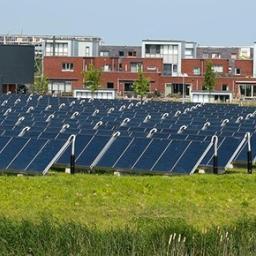Bringing EU policy into line with the Planetary Boundaries
The Planetary Boundaries framework proposes quantitative limits for human perturbation of critical Earth system processes, defining a global "safe operating space". The framework can help in formulating EU policies and targets to operationalize the global environmental dimension of the 7th Environment Action Programme and the Sustainable Development Goals (SDGs). To do this the Planetary Boundaries need to be "translated" to the EU scale.
This brief takes some first steps in doing so, using an equal-per-capita allocation approach. Furthermore, it uses the translated boundaries as benchmarks for EU environmental performance, and offers a preliminary mapping of current EU environmental policy in order to identify possible entry points for mainstreaming the Planetary Boundaries.
Science-policy debate
Translating the Planetary Boundaries to EU level involves normative (political) decisions about how to apportion responsibilities and fairly allocate the global safe operating space. This requires an iterative dialogue and deeper cooperation between scientists and policy-makers.
EU environmental performance
The EU significantly exceeds its per capita “fair share” with respect to the climate change and biogeochemical flows (nitrogen and phosphorus flows) boundaries. Furthermore, for the climate change, land use, biogeochemical flows and water use Planetary Boundaries, consumption per EU citizen exerts higher pressure on the Planetary Boundaries than the global average.
Mainstreaming Planetary Boundaries in EU policy
Existing EU policy instruments provide numerous potential entry points for mainstreaming the Planetary Boundaries. However, they do not sufficiently address interactions between Planetary Boundary processes, nor the EU’s international environmental “footprint”.
Authors
Specifications
- Publication title
- Bringing EU policy into line with the Planetary Boundaries
- Publication date
- 21 April 2017
- Publication type
- Publication
- Publication language
- English
- Product number
- 2897




